#Turangalila
Explore tagged Tumblr posts
Text
youtube
Messiaen - Jardin du Sommeil d’amour, from Turangalîla
The older I get, and the more horrible the news around the world is, the more I hope that the invisible and intangible transcendent world is real. I hope for an eternal garden where we can sleep in our lover's arms. I hope that there is an eternal love waiting for all of us at the end of time.
#Messiaen#Turangalila#Jardin du Sommeil d'amour#Garden of Love's Sleep#orchestra music#classical music#20th century music#Olivier Messiaen#Youtube
4 notes
·
View notes
Text
SWR Symphonieorchester 2022/23 - Turangalîla-Symphonie
Foto ©swrclassic.de Per il sesto concerto in abbonamento della stagione alla Liederhalle, la SWR Symphonieorchester ha affrontato un indiscusso capolavoro della musica del dopoguerra: la Turangalîla-Symphonie di Olivier Messian, (more…) “”

View On WordPress
#brad lubman#critica#francois-frédéric guy#liederhalle#messiaen#musica contemporanea#novecento#sinfonica#strumentale#stuttgart#swr symphonieorchester#thomas bloch#turangalila
1 note
·
View note
Text
bazonga!
gonzorgo!
zamboanga!
young sheldon implies the existence of an old sheldon but unfortunately no such thing has ever been documented
571 notes
·
View notes
Text
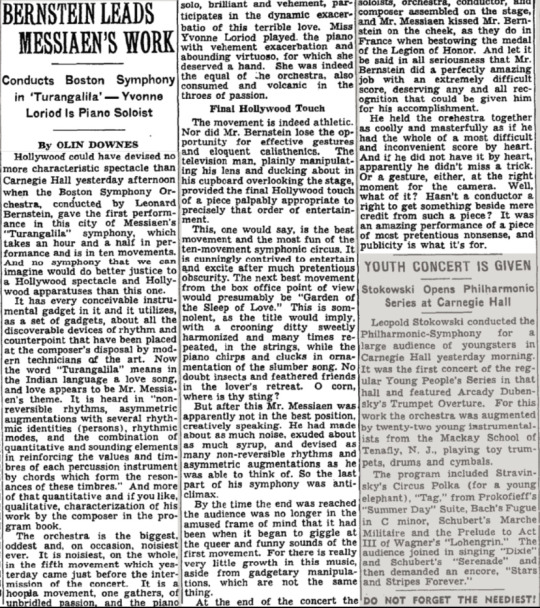
1 note
·
View note
Text
The first time that I heard Messiaen's music, I was 16, it was at school and I had a very intense experience when listening to his Turangalila-Symphonie: I saw colors and vibrant images. And flying about the other instruments, I heard the Ondes Martenot which floated above the chords: their sound fascinated me right away. I've really been obsessed by this instrument for a long time and I finally found one last year in France. It's a modern version, made by the grandson of M. Martenot.
«Les Inrockuptibles» may 2001
#interview#jonny greenwood#orchestral#childhood#Messiaen#amnesiac#2001#Colorblind but talks about colors…#Probably one of my favorite Jonny quotes ever#kid a/amnesiac
11 notes
·
View notes
Text
Google drive download links to Chaka x Pell doujinshi
I promised years ago to provide these scans to whoever asked for them. A while back, someone asked again, and I figured I'd make them a little more accessible. So here's some .rars on Google Drive.
Turangalila
Frosty
LIFE
Curtain call
Dorobune
There you go, have fun!
3 notes
·
View notes
Text
I have no one else to talk to about this, but there is a new recording of Messiaen's Turangalila Symphony (the one that Lila from Futurama is named for). It's a good symphony
0 notes
Text
i listened to turangalila ONCE to understand jonny greenwood’s obsession and this happens
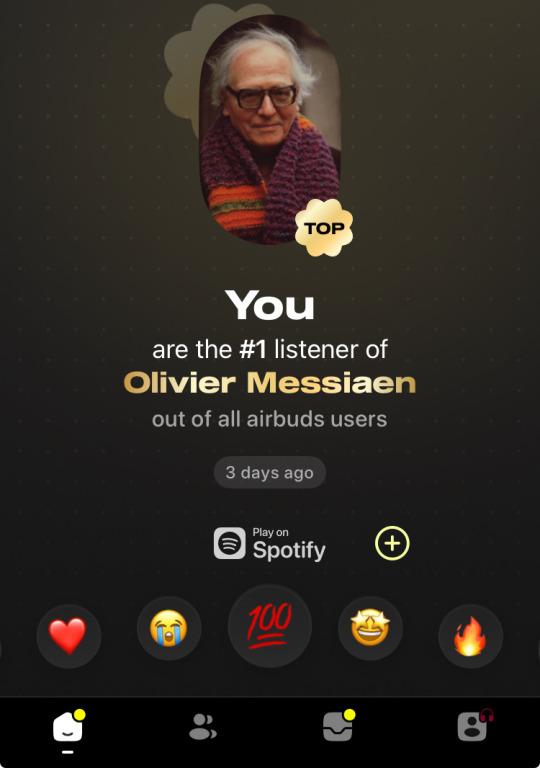
#to be fair it’s like 80 minutes long#it’s beautiful i won’t lie#i should get back into classical music#i cant remember anything from the piece tho#will need to listen again#jonny greenwood#if yall want my airbuds dm me
0 notes
Text
Valencia Eating Out? 👩🍳 Forget 6 pm: Eating late is the norm Your Valencia eating out experience won't be early. To dine at a civilized hour - like 6 or 7 pm - it'll have to be tapas at one of the small cafes. https://www.sandspice.com/valencia-eating-out/ #Valencia #Turangalila #EatingOutLate #Spain #Restaurants
0 notes
Video
youtube
Turangalila-symphonie (rehearsal)
Buenas noches
0 notes
Text
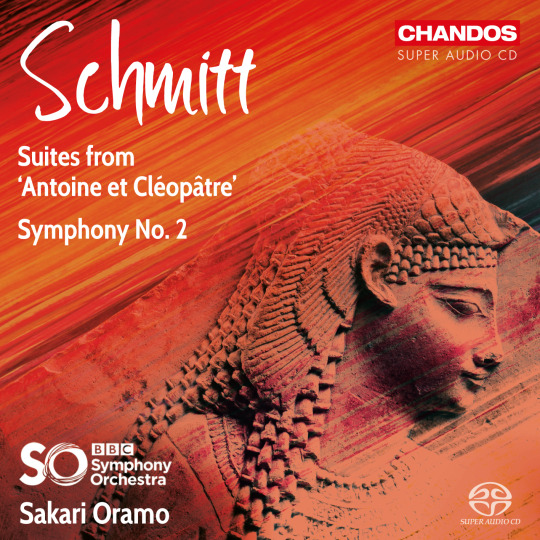
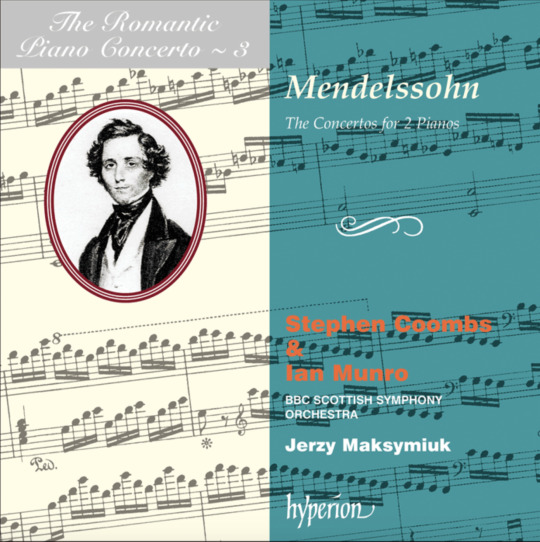

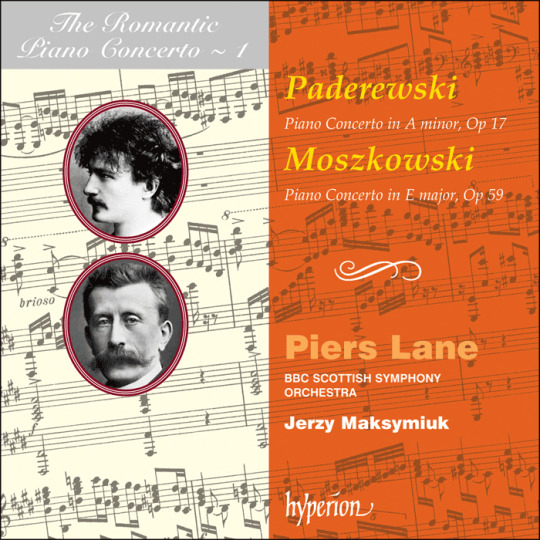

This Week's Listening & Muses - April 1-7
Schmitt - Suites from Antoine et Cléopâtre. For r/classicalmusic 's piece of the week. I haven't listened to much by Florent Schmitt, I know his symphonie concertante and some piano works. I liked his orchestration, like Debussy mixed with Strauss. Doesn't captivate me as much as the piano and chamber works but it is luscious.
Mendelssohn - Concerto in Ab Major for two pianos. Decided to listen through more of Hyperion's catalogue of "Romantic Piano Concertos", which were some of the works I listened to getting into classical music and were formative to my tastes. Mendelssohn's double piano concertos were written when he was a teenager for him to play with his sister Fanny, and they weren't published in his lifetime and apparently he thought they were immature. The concerto was charming and made me think of the early/classical Beethoven piano concertos
Moszkowski - Piano Concerto in E major. Another recording from the Romantic Concertos series, I hadn't listened to this one much before and wasn't that interested. Listening to it again now, I loved the exuberance and larger-than-life sounds
Schmidt - Symphony no.1. A less popular symphonist I was really into years back, late romantic and decadent. I didn't like this one as much at first, but listening now I'm surprised that I used to find it boring. It's very loud, grand, "majestic", and like a lot of romantic symphonies, long. It's great for blasting on speakers
Messiaen - Turangalîla. To break up the Romantic monotony, I was happy to see Marc-André Hamelin as the pianist for this masterpiece. Bombastic, "futuristic", otherworldly, fun and beautiful and sometimes mind-boggling.
I'll try to post the top favorites of music I listen to in a week to share some recommendations and act as my own listening diary, hopefully introduce some music to you guys or get recommendations in return!
#classical music#music#classical#orchestra music#piano music#piano concerto#orchestra#piano#symphony#symphony orchestra#Florence Schmitt#Schmitt#Felix Mendelssohn#Fanny Mendelssohn#Mendelssohn#Moszkowski#Moritz Moszkowski#Olivier Messiaen#Messiaen#Turangalila#Schmidt#Franz Schmidt#Antoine et Cleopatre#ballet suite#ballet music#Sakari Oramo#BBC symphony orchestra#Jerzy Maksymiuk#Stephen Coombs#Ian Munro
11 notes
·
View notes
Text
Whimsical Adventures
~by Arya Tadepalli
Deciding to apply for the Oxford Summer Study Abroad program might be one of the best decisions I have made in college. Not only did I learn a lot about the world and was able to embrace different cultures, I also learned a lot about myself along the way as cheesy as that sounds.
I was part of Group 2 (the best group) and our itinerary was as follows: we took a flight from Atlanta to Amsterdam, Netherlands and then another flight to land in our first city Berlin, Germany. From Berlin we bussed to Leipzig, Germany stopping at Wittenberg on the way for lunch. After Leipzig we bussed to Prague, Czech Republic and stopped at Dresden, Germany for lunch. After Prague we went to Vienna, Austria stopping at Brno, Czech Republic on the way. From Vienna we stopped at a cute cabin hotel in the Alps for lunch before going to Lido right outside of Venice, Italy. From Venice we went to Rome, Italy with a quick stop at an Autogrill.
Side note: I am a huuuuuuuuge dog person and every time I saw a dog on this trip I would always squeal and point and say “DOG!” much to the embarrassment of anyone around me. At this Autogrill stop, which is basically what truck stops are called in Italy, I saw this beautiful German Shepherd. I had seen many dogs on the trip, but even with my two years of learning German in school I was not comfortable enough to go up to the dog owner to ask to pet their dog. However, something came over me when I saw this German Shepherd and people speak a lot more english in Italy so I just went up to the owner right before getting on the bus and asked to pet their dog. When they said yes I just started the usual small talk asking what their dog’s name is and how old they are etc. The owner said their dog’s name was Arya!! I then asked the owner how they spelled that name and they said, “A. R. Gamma. A.” I got so excited I said, “Wait! That is my name!” and I even pulled out my drivers license and pointed to my name to show the exact same spelling. Apparently in Italy, they do not have the letter Y so we got over the language barrier by gesturing the letters. Here is a picture of Arya squared.

Going back to the itinerary, when we were in Rome we went to the Vatican City for a day. Then, after Rome, we stopped at Montepulciano in Tuscany for lunch before continuing to Florence, Italy. Florence was the longest city of the travel portion for us and our schedule made it so that we had a half day for independent activities where a majority of us visiting the leaning tower of Pisa and an entire day for independent activities where many of us went to Monterosso in Cinque Terre for the day. From Florence we spent a night in Chamonix, France before leaving for Paris, France the next day. Paris was our last city of the travel portion so we ferried to Oxford, UK after.
I was not sure if I would enjoy the travel portion classes as much because I am more of an outdoorsy person instead of a gallery person, but I now realize those two are not mutually exclusive. I had such a great time learning about the art pieces and artists and then going to the gallery the very same day and seeing the original works of art in person. We went to a variety of famous galleries all over Europe from the Louvre in Paris to the Uffizi and Accademia Galleries in Florence to the Gemaldegalerie in Germany, they were all such cool experiences. The music class was just as fun because we would learn about different aspects of music and then go to a concert in a few cities. There were a variety of concerts that we went to. Our first concert was in Berlin where we saw the Berliner Philharmoniker perform the Turangalila Symphony which is a modern piece. Our second concert was at the National Theatre in Prague where we watched the Czech National Ballet and the National Theatre Orchestra present a spectacular performance of the “Onegin” Ballet which is a more Romantic piece. Our third concert was at the Schönbrunn Palace, Vienna where we watched the Schloss Schönbrunn Orchestra play Mozart, Haydn, J. Strauss, O. Strauss, and Lehár pieces which are more part of the Classical time period. The fourth concert was in the San Vidal Church in Venice, Italy where the Venetian Interpreters played Antonio Vivaldi’s The Four Seasons as well as Vivalid’s violin concerto and cello concerto. The last concert was in the Sunset underground part of the Sunset/Sunside Club in Paris, France where Larry Crockett and the Funky Cherokees performed jazz. Each gallery and concert made me appreciate the arts so much more and the talent and dedication that goes into every brush stroke or bow movement.
This trip also opened my eyes to how oblivious American tourists are, especially on public transportation. We are generally the biggest and loudest group, pretty clumsy especially the first day we are in the city, tend to hold people up the most when getting on or off buses and trains, and do not stay to the right side of the escalator to let people pass on the left. But we learned from our mistakes and tried to amend them later on in the travel portion. I mostly learned that I like traveling in smaller groups though. One of my friends and I had a plan to watch the sunrise in every city we traveled to and those were genuinely some of my favorite memories from the trip because it would usually just be the two of us planning where to watch the sunrise and traveling public transportation to get there and enjoy the views. This started during the very first city in Berlin when we ran from our hotel to the Brandenburg Gate for some pretty views.
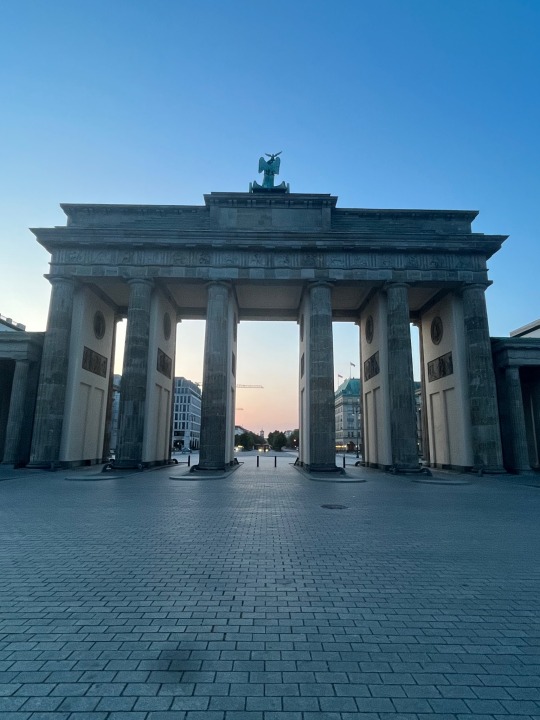
Leipzig was the only city that we missed. In Prague we watched the sunrise from the Charles bridge. In Vienna we started near the Prater amusement park and walked around the city watching the sun rise. In Venice we watched the sunrise from the beach our hotel was right next to. In Florence we watched the sunrise from a park near our hotel. In Chamonix we hiked at 3AM up the French Alps near Mont Blanc doing a bunch of switchbacks below the Ski Lift that was shut off for the night.
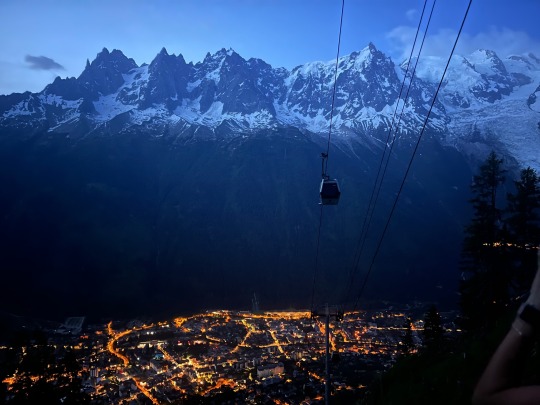
In Paris my sunrise buddy fell asleep on me, but I was determined to maintain the streak especially since Paris was our last city of the travel portion so I mustered up the courage to travel Paris public transportation on my own at 5AM and I went to the Trocadero Square. This was a huge milestone for me because I had never traveled on my own before other than a few city exploration walks in well lit populated places and this experience was a culmination of all the tricks I had learned during traveling and Paris is notorious for pickpocketing so I had to be aware of my surroundings at all times.
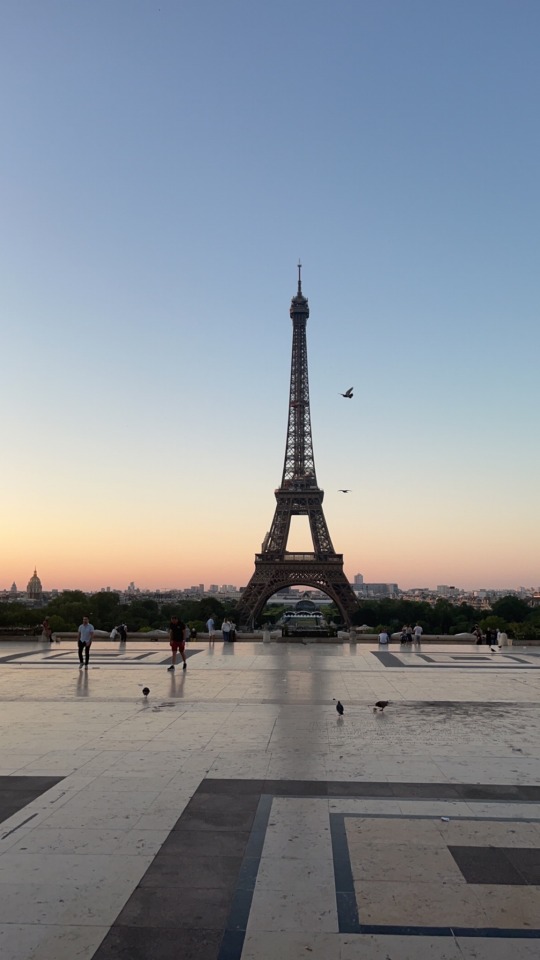
I was able to apply everything I learned to my weekend trips I took during the Oxford portion. The first weekend we were told to stay in Oxford so I explored the town. The second weekend I went to Dublin. The third weekend I went to Amsterdam, Brussels, and Brugge. The fourth weekend I went to Wales and London, and the fifth weekend I went to Edinburgh. My favorite place during the Oxford portion was actually a 30 minute walk from Mansfield college and is called Port Meadow. I made it a point to go there every Sunday right after dinner to see the wild horses and cows and enjoy the sunset. It was such a magical place for me especially when the horses would come up to you to be petted because it made me feel like the chosen one.
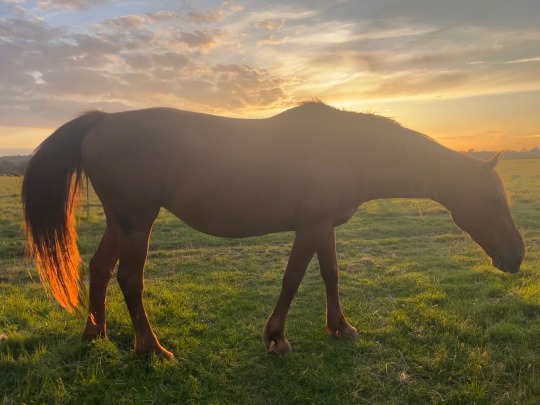
All in all, the Oxford Study Abroad experience taught me a lot about being a considerate and respectful traveler and gave me the opportunity to immerse myself in the surrounding culture. It also gave me more confidence as a solo traveler and confidence in my ability to handle myself in general under various different circumstances.
0 notes
Text
*drunkenly slurring my speech* we gotta…we gotta go back in time. We gotta convince Messiaen to just write the part in the Turangalila symphony for the theremin instead of the Ondes Martenot…he almost killed the instrument, he…wait am I doing a Rick and morty bit? Is that what I’m doing now?
8 notes
·
View notes
Text
When I was a teenager, I had this obsessive thought: I wanted to follow the Turangalila-Symphonie everywhere it was played, like one follows someone one loves
«Les Inrockuptibles» may 2001
4 notes
·
View notes
Text
On the history of music education
youtube
So what is so bad about letting music education be based around the Romantic ideals of spectacle and performance? Surely the fee-paying public have a right to be satisfied? The problem is that it easy to define what a spectacular performance is. The same problem applies to the modern ideal of novelty in music. It is really easy to judge a piece of music and say: This piece of music breaks new ground, therefore it is good. There are two problems here: Firstly our "simple criteria" for evaluating music has turned out to be quite useless for describing what we find to be "good" in music. Secondly, even if that were that were not the case, it turns out to be extremely easy to run into limits for such simple criteria. As Jarred Diamond pointed out in his book "Collapse", the Easter Island civilisation didn't die out because they were no longer capable of building large stone statues, but because they were building large stone statues to stave off catastrophe (presumably instead of doing something worthwhile instead). Is it really possible (or feasible) to have much more monumental music than the Turangalila? To push the human capacity for speed that much faster than Wang? To make music more intricate than Ferneyhough's? Is music a sport? Or is it an art? So when the music exam system rewards and awards those who can play more intricate music, faster and with greater dynamic flourish we have to ask ourselves: What has any of this got to do with training our youth to play music? The problem isn't testing people's ability to play fast or complicated music. The problem is with equating that with a test of musical ability. I would have no objection to calling such exams “technical exams”, but calling them “music exams” puts it in the minds of the examiner and candidates alike that there is some universally accepted standard for what “good” is in music, and by extension that the examiner knows what that entails. I am not arguing for a relativistic approach either, I believe that there is an absolute objective aesthetic reality. But I don't believe that we as the human race knows, or can hope to know conclusively, just what that reality is. I also believe that all exams (not just music exams) must take this truth into account. We must either test for “goodness” in music, properly defined instead using some arbitrary proxy, or we must test for technical proficiency. Mixing the two is a recipe for irrelevance of the classical exam structure in broader culture.
Resource
music school in Singapore | violin teacher in singapore
1 note
·
View note